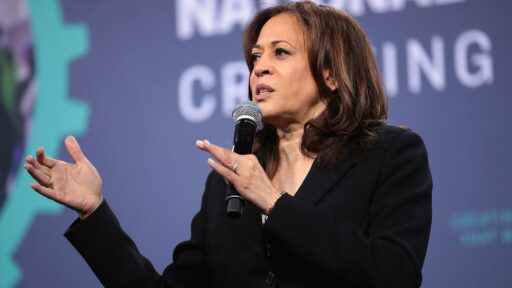Unions Flip On Biden
On Friday, federal labor unions expressed strong dissatisfaction with the Biden administration’s recent proposal for federal worker pay raises. The proposal, which suggests an average increase of just 2%, falls significantly short of the 7.4% raise that congressional Democrats had advocated for, according to The Washington Post.
William Shackelford, president of the National Active and Retired Federal Employees Association (NARFE), criticized the proposal in a statement, arguing that it does not align with current market trends. “This proposed pay increase is inadequate and fails to reflect the wage growth seen in the private sector, where salaries are rising and unemployment rates are low,” Shackelford said. “Furthermore, it doesn’t address ongoing inflation concerns, which means federal employees will experience a decline in their purchasing power.”
Randy Erwin, president of the National Federation of Federal Employees, echoed these sentiments. He described the 2% raise as insufficient, stating, “A 2% adjustment won’t keep up with inflation and effectively amounts to a pay cut for federal workers.” Erwin expressed surprise at the administration’s position, noting, “Given President Joe Biden’s track record of support for federal employees, this proposed 2% increase is perplexing.”
Rep. Gerry Connolly, a Democrat from Virginia who had championed the 7.4% raise proposal, also voiced criticism. He pointed out that the administration’s suggested increase seems to fall short of the inflation rate, which was reported as 2.9% over the past year by the Consumer Price Index. Connolly questioned the rationale behind offering different raises for federal employees compared to military personnel, arguing that there are no unique inflationary pressures affecting the military that don’t apply to civilian federal workers.
In response, the White House Office of Management and Budget defended the proposal, stating, “The Administration has prioritized delivering the maximum raise possible while adhering to fiscal responsibility and the budgetary constraints established in the budget agreement.”







